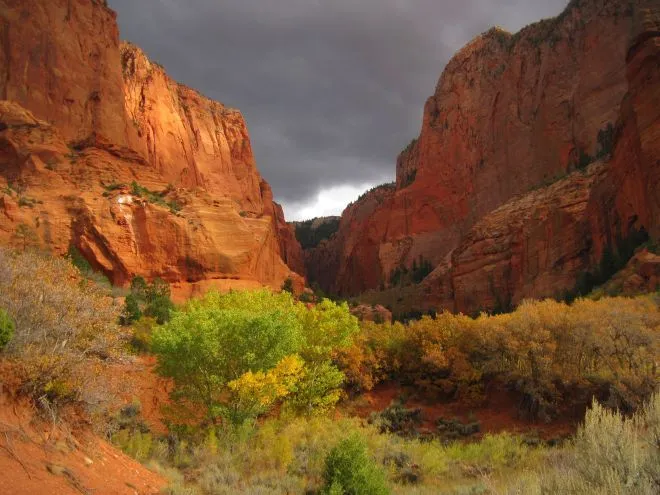Desert landforms are formed as a result of powerful erosion. Desert landforms are more evident in the Sahara desert which extends 4800km from the Atlantic shores to the Red Sea coast with a maximum width of 1900km and covers one-quarter of Africa's surface.
Desert landscapes were formed as a result of the changes between the hot furnaces of the day and the freezing conditions at night expand and contract rock surfaces and undoubtedly weaken the rock structure. Sudden cooling by occasional rain showers may cause thick flakes to break off (exfoliation) which are further broken down and their minerals with their different rates of expansion are prised loose. The desert sands are the result
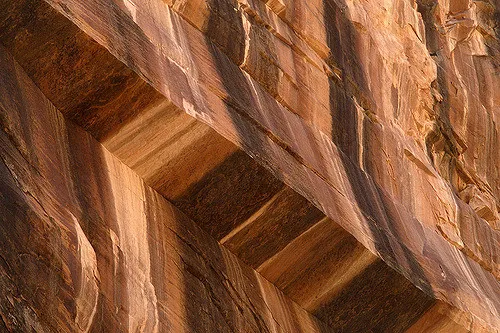
image source
Rain, despite its scarcity, is also an effective erosive agent. Sudden freak rainstorms are very destructive since there is little vegetation to protect the desert surface. WADIS become raging torrents for a few brief minutes and huge amounts of loose sand and stones are removed

image source
Chemical weathering also occurs on the shaded undersides of rocks where dampness is caused by moisture moving to the desert surface from below by capillary action
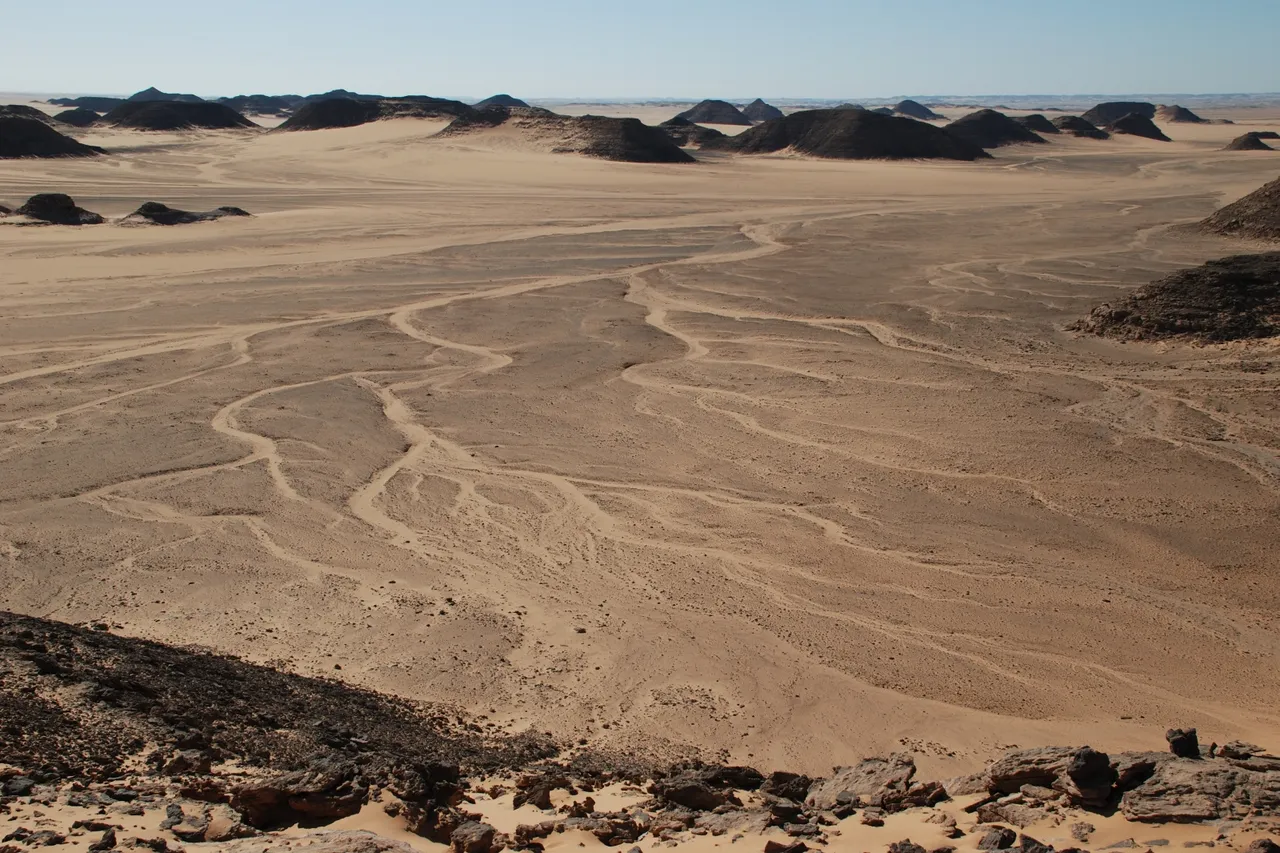
image source
Resistant rocky massifs form a different class of desert of the landscape. Eg In the fezzan of Libya the scenery is wild and rugged and fades South-Eastwards into the Acacus, an area of sharp limestones cliffs falling steeply towards the west and crisis- crossed and gasted by narrow gorges
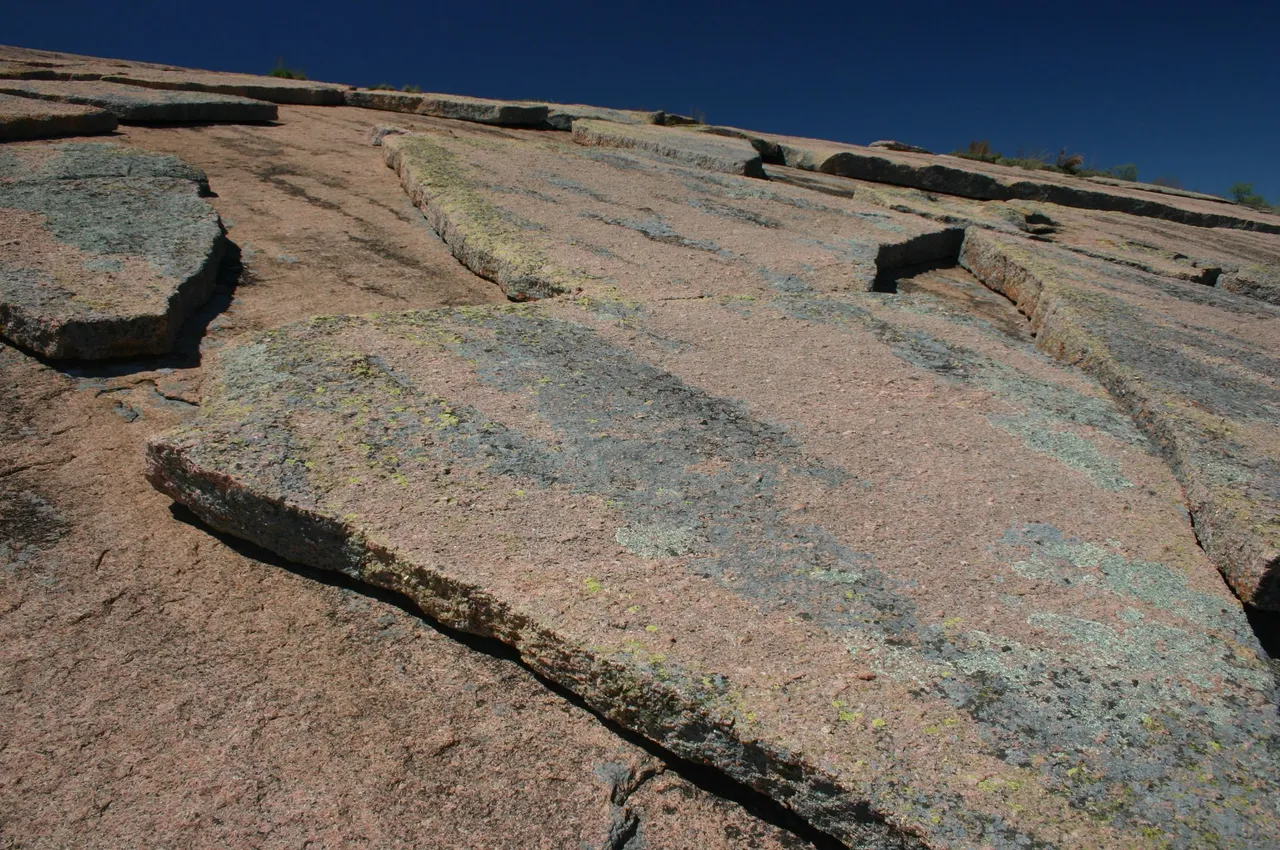
More volcanic and crystalline massifs are seen in the Air, Tibesti, and Ahaggar plateaux. These massifs subject to thousands of years of desert erosion have been transformed into a weird lunar landscape of towering pinapples, volcanic plugs, and cones.
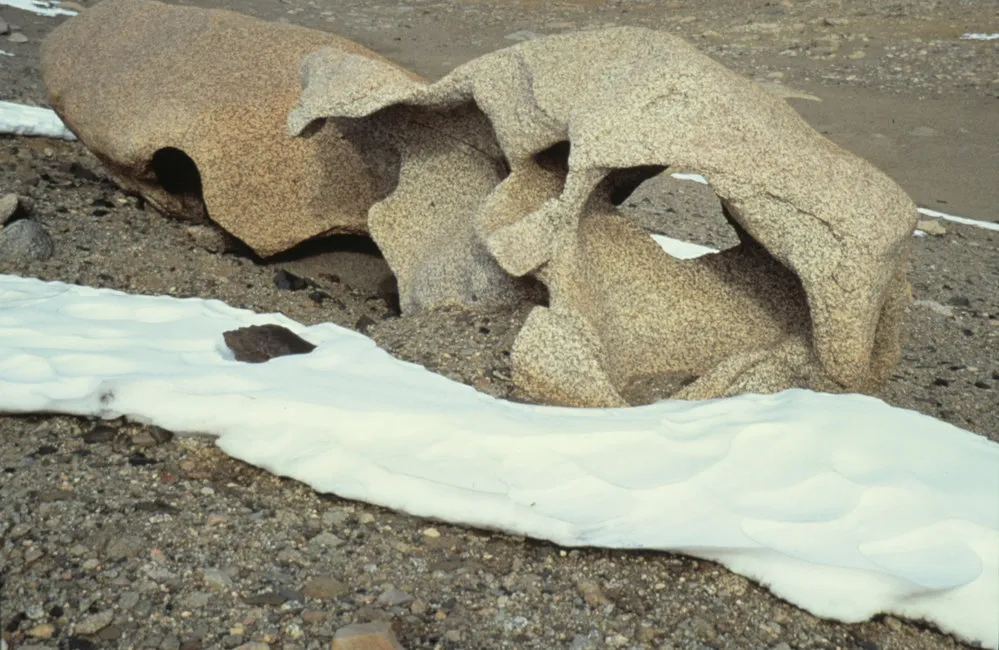
image source
